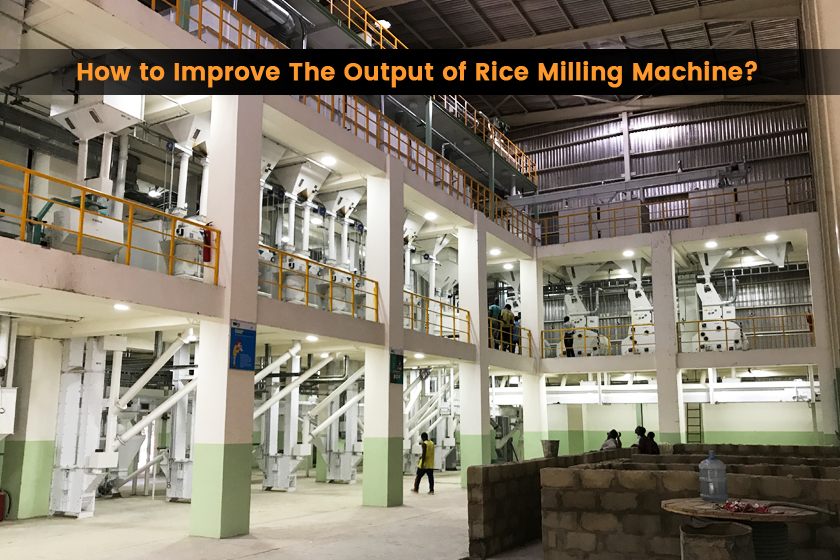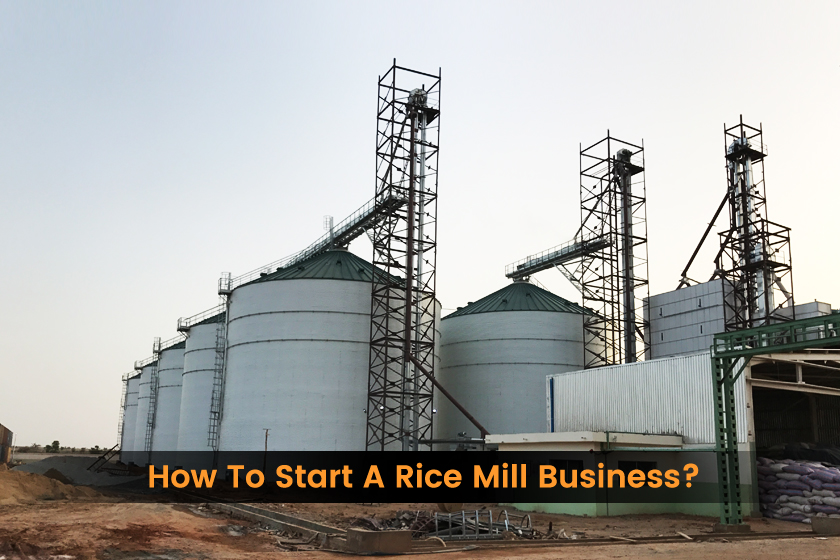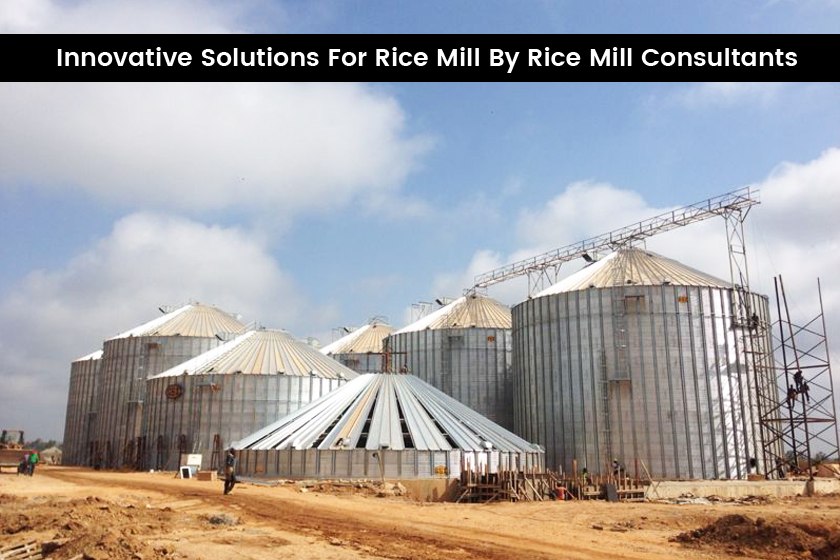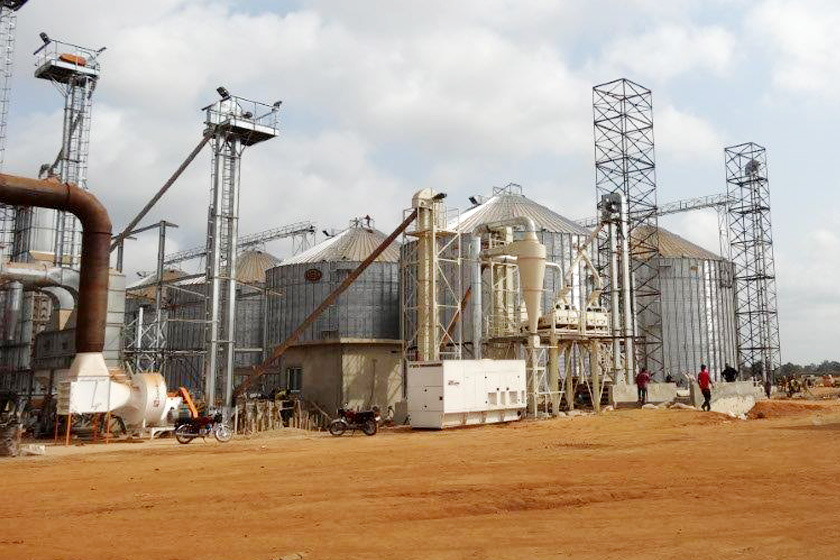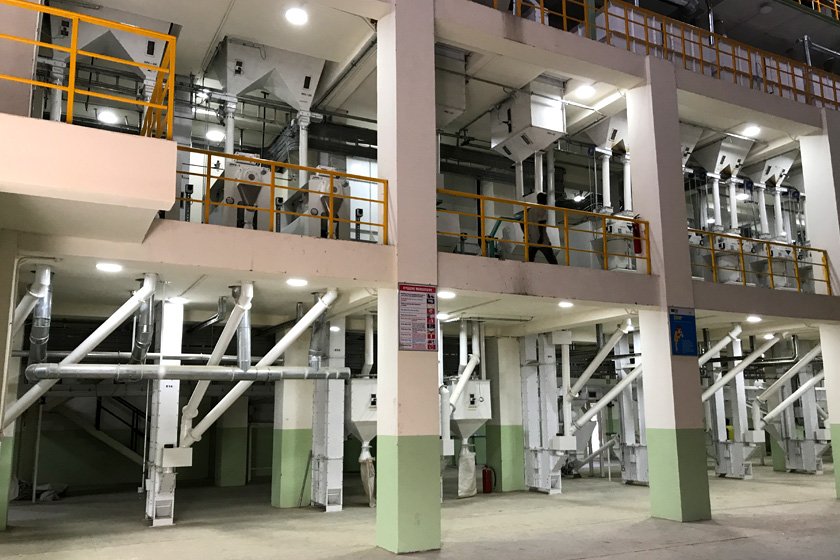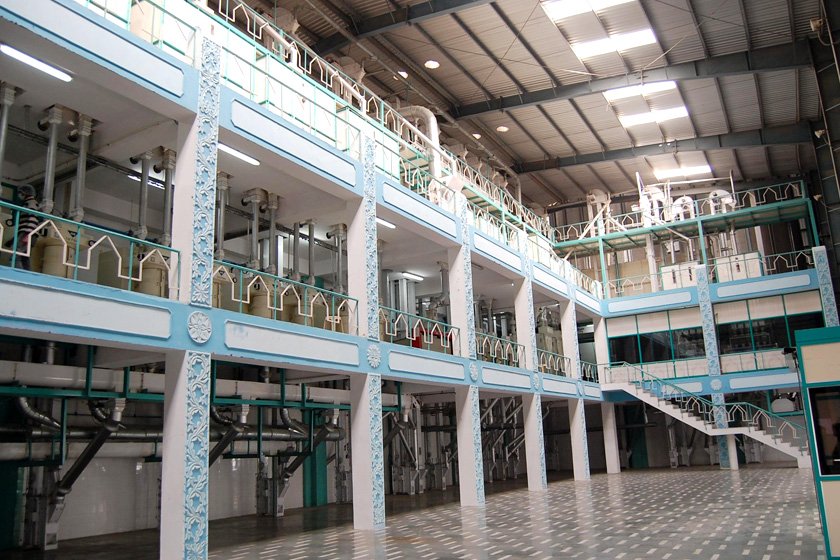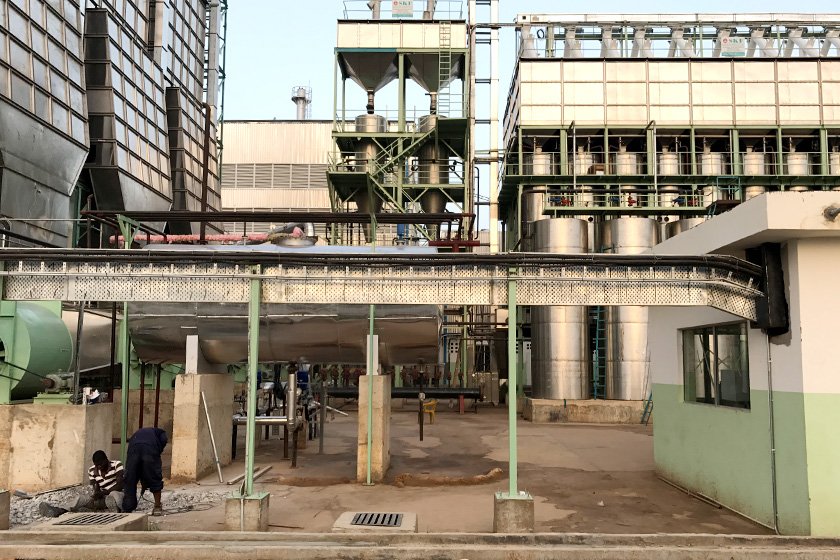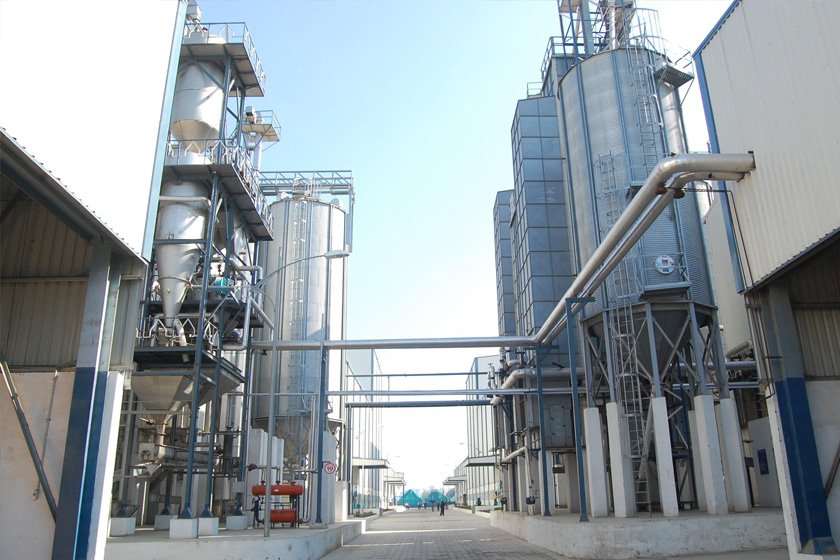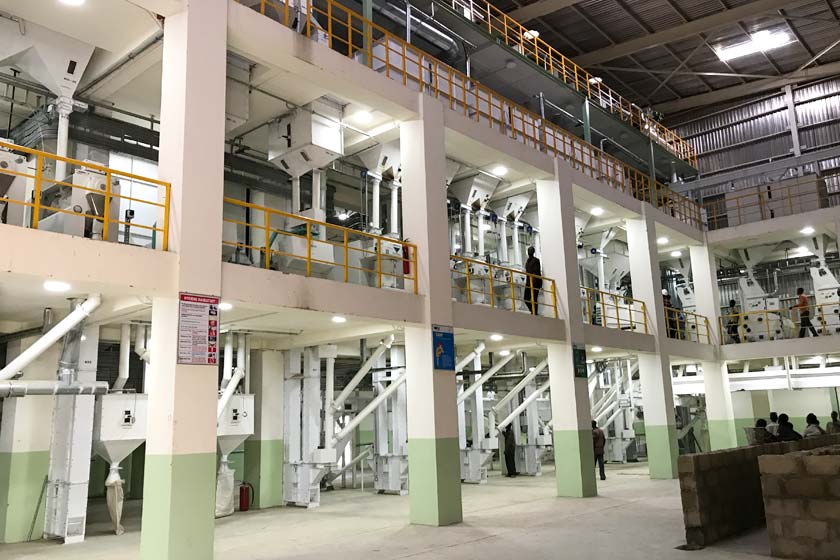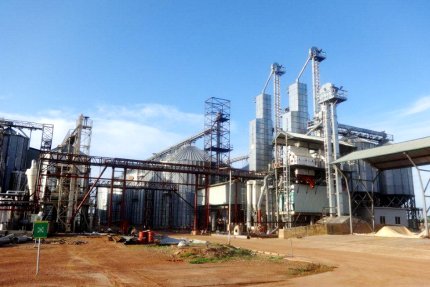Rice milling is the process that helps in removal of hulls and bran’s from paddy grains to produce polished rice. Rice feeds thousands of millions of people and milling is the process wherein the rice grain is transformed into an edible form- fit for human consumption.
The amount of recovery during milling is dependent on diverse factors like variety of paddy, the degree of milling required, the quality of equipment used, et al Commercial milling systems perform milling of the paddy in stages, and hence are called multi-stage or multi-pass rice mills. The commercial Rice Milling Strives to reduce mechanical stresses and heat buildup in the grain in order to minimize grain breakage and produce uniformly polished grain.
Nextech Grain Processing & Engineering Solutions Pvt. Ltd., formerly Nextech Solutions, is at a leading Rice Mill Project Consultants in India and Abroad and at forefront of consultancy for Rice Mill Machinery, Rice Mill Plant Layouts for Rice Mill Plant Manufacturer India.
A 10 years old organization shining with a proven track record, it has trailblazed innovation in every project it has been designing, engineering and executing that total up to more than 60 projects globally. With this vast experience, Nextech has the extensive know-how to tackle operational challenges even as it is at the forefront of customizing innovations in Rice Milling Plant Layout Design as the top notchRice Mill Engineers & Designers, Rice Mill Consultant, Rice Mill Plant Consultant in India.
Enhancing Output Of Rice Mills
The main Rice Milling Processes comprise cleaning, husking, separating, whitening, polishing, grading, color sorting, packing & weighing. In order to get high output, we need to follow carefully the stringent procedures like:
A) Milling should be at the right moisture content,
B) Pre-cleaning paddy before husking,
C) Employing paddy separator,
D) Utilizing two-stage whitening, grading the milled rice process,
E) Monitoring maintenance and replacing spare parts regularly. Why should we mill the rice at right moisture content?
The paddy moisture content of 14% is ideal for milling. If the moisture content is too higher low, grain breakage will occur. This leads to low head rice rate.
Nextech offers optimized Rice Mill Machine Design, Basmati Rice Mill Plant Layout, incorporating all the features mentioned here.
F) Parts like screen, emery roller, rubber roller, plastic bucket, polisher roller, and screw impeller wear out very easily.
G) Operate your Rice Milling Machine with the assigned method, and more output will follow. The rice milling facility & equipment conforms to specific configurations, with the milling components varying in design and performance.
In modern automated rice mills, many adjustments (e.g. rubber roll clearance, separator bed inclination, feed rates) are automated and whitener-polishers provided with gauges.
Adjustment to optimum measurements of the pressure in whiteners and polishers is crucial in raising the output of milling. If the pressure is too low, only energy is converted into heat but no bran is removed and vice versa.
H) The whitening process applies pressure to the grain, which generates heat and causes cracking and breakage of some kernels.
 MAIL US :
MAIL US :
 CALL US :
>
CALL US :
>
